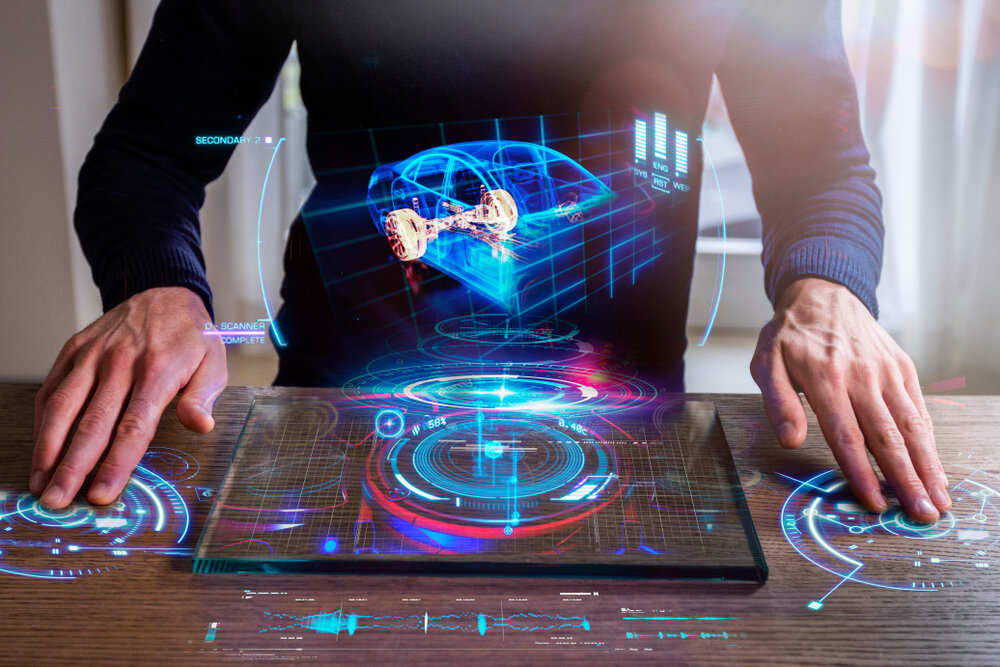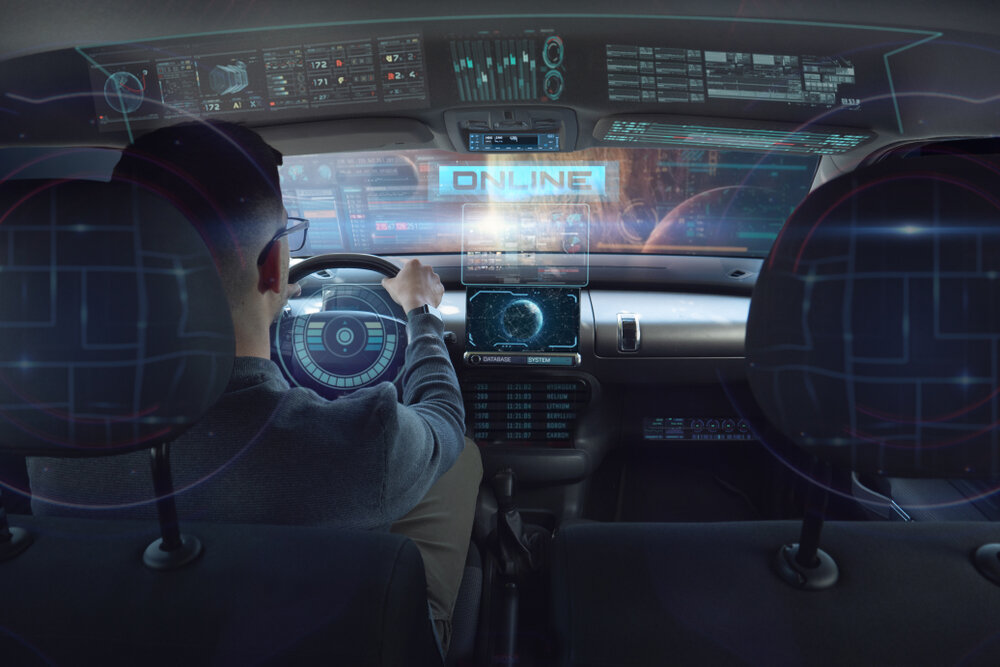Augmented reality is jumping into the driver’s seat and positioned to dominate the auto industry. Currently, virtual reality is used to showcase vehicle features in e-showrooms throughout the internet, and the technology allows consumers to take virtual test drives of new cars.
Augmented reality safety features will be the future of the automotive industry, with new makes/models displaying smart capabilities that detect potential threats to keep drivers safer on the road…and in parking lots, too.
The concept of virtual or augmented reality is understood by many to be a world or space that is separate from reality and our world. While this definition is true as it relates to virtual showrooms (to view cars) or virtual test drives, not all VR is inherently unreal.
Safety Features that Already Integrate Augmented Reality
Augmented reality’s future in the automotive industry is becoming more prominent; in fact, AR is already in many of our cars—whether we realize it or not. Here are some of the common safety features in current automobiles that already integrate augmented reality.
Automatic Stop
Today’s new makes/models may feature automatic stop capabilities when a threat (like a person, animal or other car) is detected while the car is in reverse. This feature is a form of virtual reality. The car is programmed to automatically react to the threat of a presence. The result is fewer accidents and injuries. The car, however, and its virtual intelligence is in charge…not the human behind the wheel.
Speed Limit Sensors
Yes, all cars have the ability to track your speed; speedometers are nothing new. What is new are speed sensors that actually pick up the speed limit in every area you are driving.
Changing speed limits are not uncommon, especially as drivers pass into new cities or municipalities. Speed limit sensors will notify drivers of the speed limit in that area, and this feature ensures that, hopefully, drivers slow down to obey the changing speed regulations.
Lane Guidance
Some cars have integrated lane guidance capabilities into their safety features. This allows drivers to understand their lane navigation. This feature may be even more beneficial during night driving, when lane visibility may be more limited.
Smart Rear View Mirrors
Night driving also can be difficult because visibility through the rearview mirror may be poor. New vehicles now include ‘smart’ rearview mirrors that are programmed to access the back-up camera; this feature provides drivers with a clear view of the road (and automobiles) behind them.

Rear and Front Cameras
Accidents can happen on the road or in the parking lot (pulling in too close to a post). AR technology now can limit the potential for little (or big) fender benders and accidents nearly everywhere. Cameras located around the car are connected to sensors throughout the body of the vehicle.
 When a threat is detected that could result in an accident, the car will beep or, in the case of a vehicle programmed to do so, stop completely. Screens within the dashboard also allow drivers to visualize their turning radius and see all areas of their surrounding environment, further limiting the potential for an accident.
When a threat is detected that could result in an accident, the car will beep or, in the case of a vehicle programmed to do so, stop completely. Screens within the dashboard also allow drivers to visualize their turning radius and see all areas of their surrounding environment, further limiting the potential for an accident.
Smart Displays
In most modern vehicles, a smart display is a standard feature. This, too, is yet another form of automotive safety AR. The display alerts drivers of their mileage, fuel levels, oil life, tire pressure and any other safety issue that could affect the car or the driving experience.














